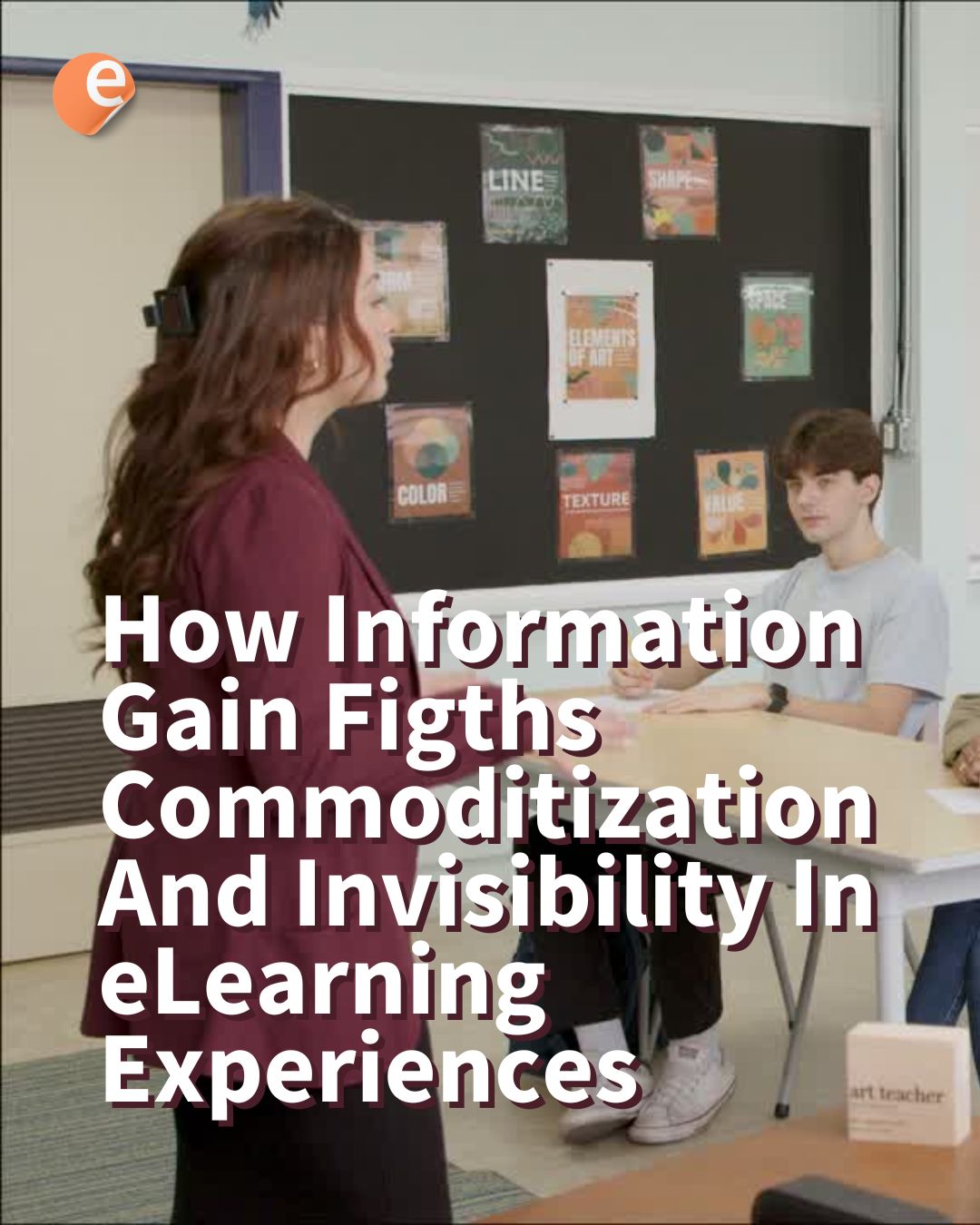What is extended reality?
The next big thing in digital content seems to be the explosive growth of extended reality (XR) technology. As an umbrella term that takes into account the various immersive technologies on the market, XR is a way to extend how an individual perceives or experiences reality through a combination of virtual and real-world interactions.
Immersive experiences allow you to blend the best of both virtual and physical worlds, and the tremendous growth of the industry is projected to surpass $105 billion by 2030. Digital content is skyrocketing into new possibilities.
The Current State of Digital Content
Over the past few years, digital content has seen technology develop virtual, augmented, and mixed reality experiences. While curiosity is at an all-time high, very few individuals understand the impact of this tech beyond the video game industry. In truth, most of the major corporations around the globe are sinking billions of dollars in immersive technologies and digital content to improve their operational efficiency.
Marketing companies are moving past digital media and attracting consumers through virtual and augmented reality experiences. Manufacturing companies are using immersive tech for training and production.
The ability to replicate the physical world, complete with a sensory experience, has more application than the Pokémon Go craze from several years ago. Gamers love the ability to become a part of the battlefield or find digital clues hidden in the real world, but these applications can change the face of consumerism, production, and education.
The possibilities of advancing the human experience in a number of industries and environments are endless when XR tech comes into play. Experts from the industry believe that XR is only a few years away from being the next big thing.
The Existing Technologies
When it comes to immersive tech, there are three major players on the scene. These are augmented reality, virtual reality, and mixed reality.
1. Augmented Reality

Using technology and special devices, virtual objects and information are superimposed on the real world. For the most part, the experience is augmented or enhanced by several different forms of digital details like text, images, or animation. Screen, smartphones, tablets, and special AR glasses are needed for the experience.
Users are able to remain present and connected with the real world in front of them, continuing to interact with or see their immediate surroundings. Some examples are Snapchat filters and the Pokémon Go game.
2. Virtual Reality

Rather than remaining connected to the immediate surroundings, virtual reality fully immerses an individual into a simulated digital landscape through the use of a head-mounted display or VR headset. This gives the user a 360-degree perception of the digital environments and cons the brain into believing they are really experiencing whatever simulation the VR developer has created.
While initially adopted for use by the gaming industry, these computer-generated environments are being used by companies across a variety of industries.
In the automotive industry, designers and engineers use VR to experiment with how a new vehicle will look and how it needs to be designed prior to building a costly prototype. Healthcare professionals are using virtual models to practice their skills prior to attending to real bodies. VR is also being integrated into mental health care, as Virtual Reality Exposure Therapy is being explored as a treatment for anxiety and PTSD.
Education is being transformed with VR, as students can learning in a more immersive, experiential way. Students can take tours of locations around the globe, participate in lectures around the world and explore things like the human brain without leaving their classroom or living room.
Travel and tourism give users a chance to taste the experience of a new world or culture, and skilled architects or designers can create mock-ups of what they can deliver in the real world.
3. Mixed Reality

As the name implies, mixed reality combines AR and VR into one experience. In real-time, real-world and digital objects combine for an interactive experience. This hybrid reality is the latest immersive tech to hit the market, and it requires more sophisticated accessories and hardware than the other techs.
Microsoft has developed the HoloLens, which allows a user wearing the headset to plant digital objects into the room and manipulate and interact with them.
MR is still being explored for commercial and industrial use, though there are some successful applications in existence. The mixed reality startup 8i has created several holograms and using the HoloLens, an Ohio university helped instruct medical students in anatomy. BAE Systems has used holographic templates to improve employee training in its battery-building processes.
The Future of XR
The successful integration of AR, VR, and MR into personal and commercial applications is advancing the development of future XR technologies. There are high hopes for the systems, once developers are able to achieve lower costs, more security with personal data, and reliable hardware connectivity. However, once these are accomplished, XR will continue to see backing from major industries like manufacturing, engineering, healthcare, and construction.







